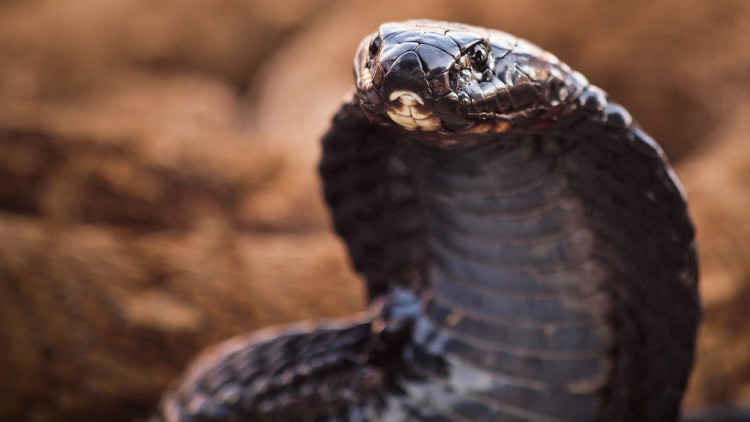A study led by the researchers from the Zoological Society of London, Trinity College Dublin, University of St Andrews, and the National University of Ireland, Galway uncovered why venom of some snakes is deadlier than others.
Snakes are known to possess potent venom which makes them one of the deadliest predators in the world, according to Phys.org. Some species such as rattlesnakes, cobras, and boomslangs have far more venom than they usually needed so that they can kill their prey, like humans and other animals.
But, not all snakes are deadlier. For instance, marbled sea snakes have a small amount of very weak venom, so they are considered harmless to large animals. Now, the study published in the international journal Ecology Letters tackled the puzzle as to why venom of some snakes makes them deadlier than others.
Researchers compared the records of venom potency and quantity for more than 100 venomous snake species. The team uncovered concrete evidence that venoms likely evolved to be more potent against other animals that are somehow related to the species that the snake usually eats.
Dr. Kevin Healy, the lead author of the study and a lecturer of Zoology at the NUI Galway said their findings indicate that venomous snakes are more efficient in killing their prey if they are the target of the venom they possess. For example, a sea snake could kill a fish, but not mice since it's not living in the sea. The study also showed that the amount of venom depends on both the environment the snake lives in and its size.
Dr. Andrew Jackson, an Associate Professor in Zoology at Trinity College Dublin, explained that venom is dosage-dependent. At high volumes, venoms are toxic, so it's important to consider the amount that different species of snake produce and store in their venom glands. Smaller tree dwelling or aquatic species have the least venom, while bigger terrestrial species have the most.
The finding is also useful especially when it comes to human snakebites which are a major health concern around the world, with 2.7 million cases every year. Understanding venom evolution may help us to identify the risks to humans from different snake groups and other venomous animals like jellyfish, centipedes, scorpions, and spiders.
The approach used in the research could also help researchers predicting the potency of venoms in species that have yet to be tested, so they can identify what potential healthcare-related applications can be used.






